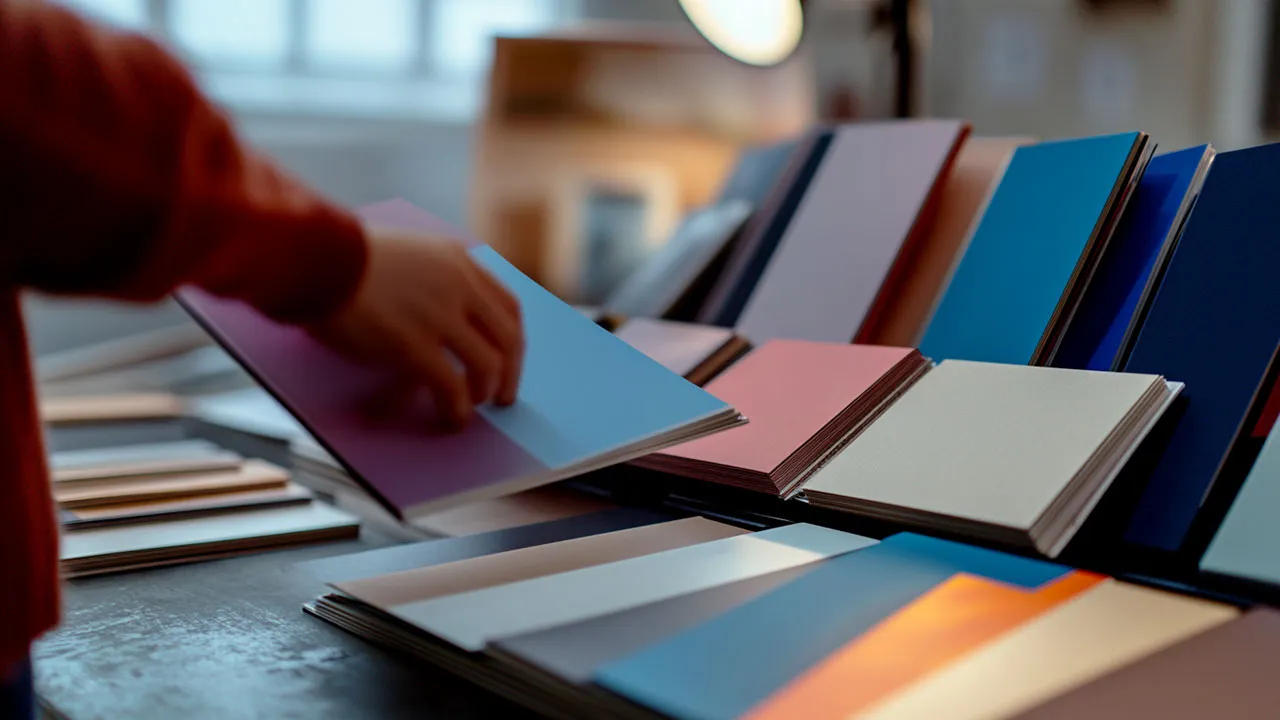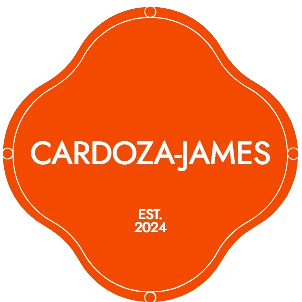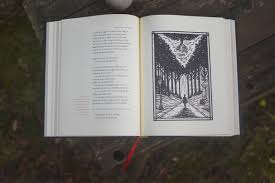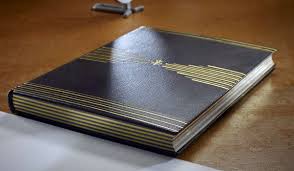
Matte paper offers a smooth, classic look
Matte paper offers a smooth, classic look that elevates the feel of any printed material. While glossy finishes may grab immediate attention, matte paper delivers a subtle sophistication that never goes out of style. Its non-reflective surface reduces glare and provides a clean, soft finish that appeals to both designers and readers. Whether you’re creating elegant invitations, artistic prints, or professional business documents, matte paper brings a refined quality to your work. It’s the ideal choice when you want beauty without flash.

What Makes Matte Paper Unique?
Matte paper is defined by its non-glossy, smooth surface. Unlike coated glossy paper, matte paper absorbs more light rather than reflecting it. This creates a softer appearance, reducing shine and giving printed colors a more muted, natural tone. Matte finishes also resist fingerprints and smudges better than their glossy counterparts, which helps maintain a cleaner presentation. This paper type is perfect for materials that are frequently handled or viewed under various lighting conditions. In short, matte paper combines practicality with elegance.
Why Matte Paper Offers a Smooth, Classic Look
The smooth texture of matte paper contributes directly to its classic and professional aesthetic. Its even surface gives prints a uniform appearance, which is especially appealing in minimalist or text-heavy designs. Additionally, because it doesn’t reflect light, matte paper provides better readability for books, reports, and manuals. This makes it a favorite among publishers, authors, and office professionals. In creative projects, the soft finish of matte paper allows for a more artistic, timeless feel—ideal for showcasing illustrations, photography, or design work with subtlety and grace.
Best Uses for Matte Paper in Print Projects
Matte paper is a versatile choice that suits a wide range of printing needs. It’s especially well-suited for wedding invitations, thank-you cards, business cards, portfolios, and fine art prints. These items benefit from the understated, refined look that matte paper offers. It’s also popular for brochures, flyers, and presentations that require frequent handling or writing. Since matte paper is easy to write on with both pen and pencil, it’s practical for interactive materials like forms or worksheets. The result is a product that looks good and functions beautifully.
How Matte Paper Compares to Glossy Alternatives
When deciding between matte and glossy finishes, it helps to consider your project’s purpose. Glossy paper is best for photo-heavy designs that need to stand out with rich colors and high contrast. However, it reflects light and is more prone to fingerprints. Matte paper offers a smooth, classic look that’s easier on the eyes and feels more natural. It’s the better option for readers, formal designs, and long-form content. Ultimately, matte paper provides an elegant foundation without stealing the spotlight from the content itself.
Printing Considerations When Using Matte Paper
To get the best results from matte paper, it’s important to use the right printer settings and ink types. Matte finishes absorb ink differently than glossy paper, which can affect how colors appear. Pigment-based inks typically perform better on matte paper because they deliver richer tones and dry more evenly. Additionally, check your printer’s compatibility with various paper weights and finishes. Doing a test print helps ensure accurate color representation and print clarity. When done right, matte paper enhances the professionalism of your printed materials.
Conclusion: Choose Matte for Elegance and Readability
In conclusion, matte paper offers a smooth, classic look that adds elegance, readability, and timeless charm to any printed piece. It excels in professional, creative, and personal projects alike by offering a non-distracting finish and superior tactile quality. Whether you’re printing wedding invitations, marketing materials, or artistic prints, matte paper allows your content to shine in a calm and polished way. With the right pairing of design and paper finish, you can elevate your printwork from ordinary to exceptional—without relying on shine or flash.






